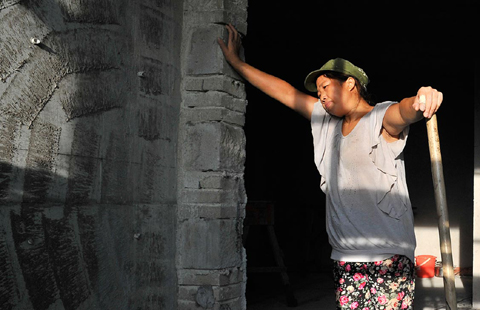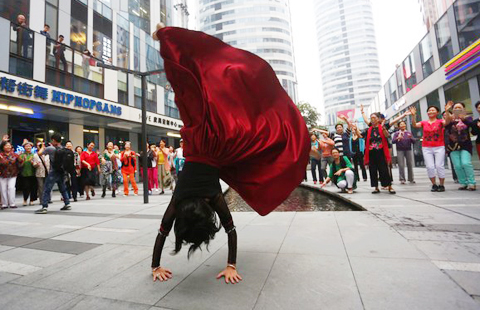Villagers call on Japan to atone for massacre
Updated: 2014-10-09 10:23
By He Na(China Daily)
|
|||||||||||
|
 |
| Students in a class at the Panjiayu Hope Elementary School. Wang Zhuangfei / China Daily |
"Seven decades have passed, but the village population has still not reached the pre-massacre level. Most of the families were left with just one or two members, and 33 families were wiped out completely," Pan Ruishen said. Of the 38 survivors still living, the eldest is 98, and youngest is 78.
Although the villagers began to seek compensation from the Japanese government in 1992, the process was halted when a number of difficulties arose and the Japanese began erecting legal barriers. The villagers became increasingly frustrated, but recent assistance from the China Federation of Demanding Compensation from Japan has rekindled their hopes.
On July 13, the villagers formally engaged the federation to represent them in their bid to sue the Japanese government for compensation of 6 billion yuan ($977 million).
"The sum was calculated based on the loss of life, the mental damage, and the damage to property. The criteria were copied from the compensation Germany paid to the Jews after World War II," Pan Ruishen said.
"We're pleased that, in addition to the federation, several lawyers from a number of different regions are also willing to help us free of charge," he added.
Payback time
According to Pan Ruishen, the slaughter, committed by 3,000 regular Japanese troops and about 2,000 Chinese soldiers from the puppet "Manchukuo" regime, was payback for the villagers' support for the fight against the invaders. "It was Japan's revenge for Panjiayu's support for the Eighth Route Army," Pan Ruishen said.
After the outbreak of The War of Resistance against Japanese Aggression (1937-45), the Communist Party of China began to establish Anti-Japanese War Base Areas across China. Panjiayu was a core region of the East Hebei Anti-Japanese Base Area.
"The villagers were all supportive of the Eighth Route Army (one of the main divisions of the Communist forces). They also refused to hand over money and grain. Our behavior infuriated the Japanese, who finally wreaked their revenge," Pan Ruishen added.
He said the ruins of a large compound provide compelling evidence of the atrocity because most of the dead were murdered within its walls. The compound, just a few half-demolished buildings, burned walls and rubble, is now a patriotism-education base.
Pan Shanzeng seldom visits the place where he narrowly escaped death. "In the eyes of visitors the compound is empty, but in my eyes it's still packed with dead bodies. All those scenes leap to mind whenever I go there, so I seldom dare to enter the place," the 80-year-old said.
He was 7 when the massacre took place, but he remembers everything clearly.
Today's Top News
Hopes high for Premier Li's visit to Germany
4 arrested in UK anti-terror raids
Tyranny of minority in HK takes toll
Chinese having babies from abroad
British-Irish visa plan will benefit Chinese, Indians
Survey finds 2/3 of HK residents against protests
Construction innovation center launched in Scotland
HK officials resume work as protests thin
Hot Topics
Lunar probe , China growth forecasts, Emission rules get tougher, China seen through 'colored lens', International board,
Editor's Picks
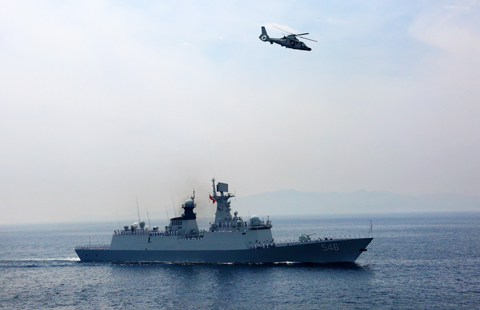
|
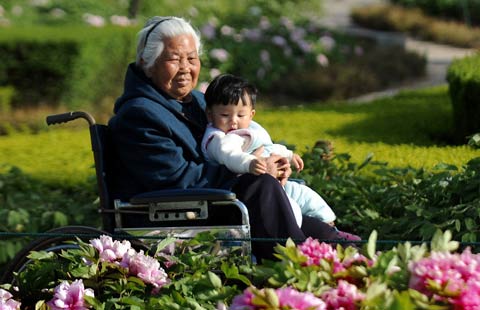
|

|
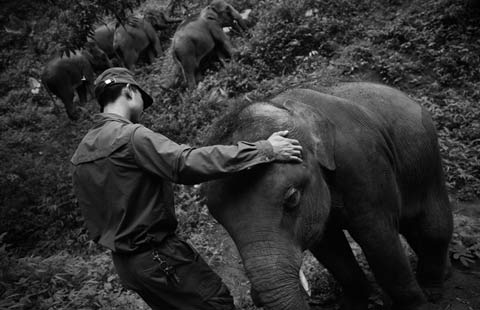
|
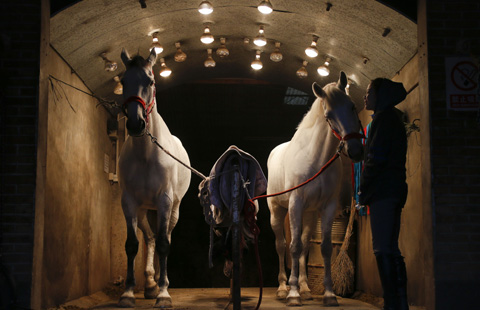
|
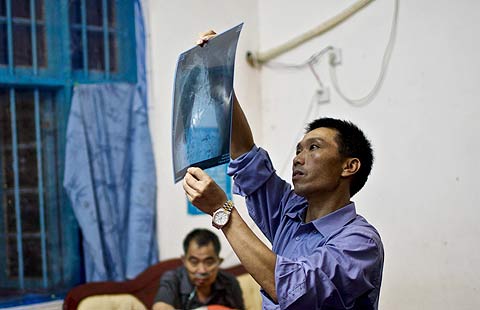
|


